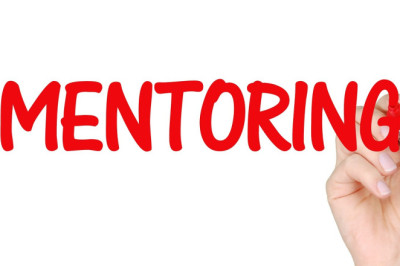views

Conflict just as harmony is omni-present. A conflict-free workplace is a fallacy and quite an impossibility. There is only one possibility though – having a conflict-positive workplace. Indeed, all living and constructed systems need conflict as a source of life and continuity as much as they need harmony. Yet at the instance of conflict, usually in all humans, there is an immediate trigger to avoidance – may be as a “life and energy saving” auto command that’s wired in our selves from our hunting-gathering past. That would possibly be the root of individuation in the personality with respect to this conflict avoidance.
However, it must be understood – conflict in workplaces is hitherto situational, inherent in system and seldom anything to do with humans – unless they design it that way, due to the said process of deep-rooted individuation and egocentricity. This may be causing in organizations, an immense amount of productivity loss and dissatisfaction – as behaviors of anxiety, stress and anger may also be emanating from such conflict avoidance – which may be pent up over time and tend to burst open in certain situations and circumstances that trigger aggression. This may therefore also may be a source of certain sub-clinical psychological disorders. Avoidance and aggression in this sense are nothing but two sides of the same coin.
Are there ways to make an organization conflict-positive? Are there ways of removing ego-centricity – and therefore making conflicts, situation-based and constructive? Apparently, yes. The deep-rooted avoidance trigger, which is the source of emotions – is due to the mental programming of protecting own well-being in situations of visible or possible aggression. However, such a source is usually not relevant in organizational conflicts – since they occur mostly through design – of functions, processes, and roles. They are to help than harm individuals. To save from an auto-trigger of avoidance emotions, a careful mindfulness practice may play a critical role – as it provides for a neutral, present, and accepting attitude to the experiences one is having. The practice may regulate and replace, automatic stimulus response kind of behavior with a more open and non-judgmental attitude to situations. This is the key. This is where stimulus-response or an automatic reaction may be replaced by a more aware and thoughtful response.
Mindfulness practice in workplaces may have an impact in creating a conflict-positive workplace. However, this should be understood – practice is an approach to resolving conflict rather than doing away with conflict. Conflict is natural as earlier stated, and mindfulness practice would typically provide armor to an individual, in dealing with such conflict.
Constructive conflict management would have a direct impact on organizational working and productivity. Institutions, that have a long history of observation and awareness – typically would handle conflicts more thoughtfully remaining aware of a multitude of perspectives – as the process of individuation is replaced by a process of acceptance – on both the concern for tasks and concern for others.
But how do we help organizational workers to enhance their concern horizon, beyond just their own selves? Which methods of mindfulness may be effective in helping do away with avoidance-aggression individuation with an accepting-concern mechanism?
There are two aspects of mindfulness practice – which may systematically be integrated in organization practices to deal with constructive conflict management. Number 1, a practice of observation – observation in every aspect of work and behavior. Systematically training the workforce to observe, situations as-is and discouraging reactive problem solving completely. This is easier said then done, though. This would require an organization continuous training, sponsorship, and practice through its leaders to imbibe it within organization’s culture.
Secondly, an enquiry and dialogue process embedded in situations rather than individuals. Creating practices that focus on investigating the situations more deeply – doing away with misses and blames. An enquiry focused on creating an environment of acceptance, probing, non-judgmental and open enquiry would typically help in shaping a constructive conflict management environment.
Positively viewing conflict is at the heart of mindful awareness and observation of situations non-judgmentally with an internal locus is key to creating more happy lives. Mindfulness therefore has a lot of application on modern management techniques that can draw lessons from it and utilize it in creating positive workplace environments yet resolving conflicts constructively.
Author is currently engaged in thinking about mindfulness applications to workplace realities and is open to your suggestions on your experiences, co-development ideas and collaborations. Do watch this space for more publications and research by the author in this space.












